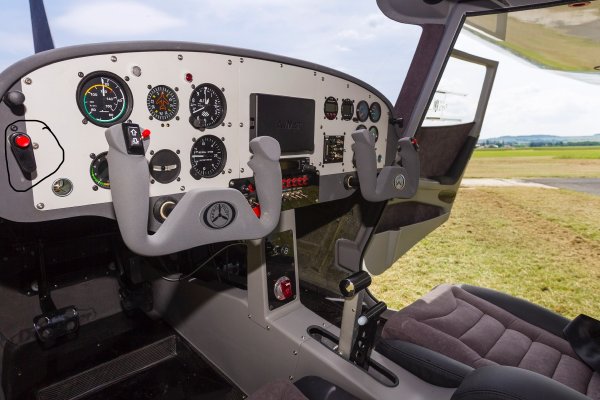-
Posts
2,126 -
Joined
-
Last visited
-
Days Won
22
Content Type
Profiles
Forums
Gallery
Downloads
Blogs
Events
Store
Aircraft
Resources
Tutorials
Articles
Classifieds
Movies
Books
Community Map
Quizzes
Videos Directory
Everything posted by cscotthendry
-
Hi Mark:
I just bought a SE2 and applied for the rebate. But I'm not sure what to do with it now. I already have a Mode S transponder coded with an official code. I really only bought the SE2 for the ADSB in feature.
I heard that you can't have two ADSB devices transmitting from one aircraft, but I read on the ADSB grant thread that someone programmed their SE2 with their nickname. If I did that and it was transmitting, I'd have two transmissions going but with different IDs. Is that illegal?
Also, if my transponder is transmitting, will the SE2 pick that up? Ibelieve the SE2 can be set to receive only and just used as ADSB in. Are there other apps beside OzRunway that can interact with the SE2?
Thanks for your help.Scott
- Show previous comments 2 more
-
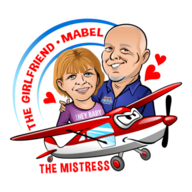
-
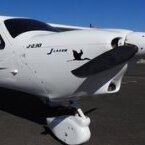
I think there is confusion here -----
. Mode S - SSR interrogation is not to be confused with Mode S Extended squitter (protocol used for ADSB)- they are independent and simultaneous functions.
1) if you have a Mode S transponder that ALSO has ADSB OUT - . Leave the Mode S transponder On and ADSB OUT 'ON', and disable the ADSB out (disable transmit on the sky echo) . Why - becauset the transponder has 200W output on ADSB and will provide superior range (if you want superior range) . So yoru Sky echo does the ADSB-IN only to present traffic...
2) If you have a Mode S transponder that DOES NOT have ADSB OUT (most of them unless it was upgraded or purchased recently, or built in), then you must leave the Mode S transponder ON,---- AND you run your SKy echo in ADSB Transmit and ADSB receive mode.
3) If you have a Mode A/C transponder - same as (2) , leave it on and operate Skyecho in transmit and receive mode.
AN example of a Mode S transponder without ADSB is an GTX330. With ADSB that is a GTX330ES (which stands for "Extended Squitter- which is ADSB protocol)
IMPORTANT NOTE : some transponders that support Mode S - ES MAY REQUIRE a software update to be fully compliant with ADSB formats. You need to contact the manufacturer to figure out exactly what you have in the software installed to find out if you need a software upgrade .
Note : some mfrs provide a ADSB/ES upgrade to their Mode S transponders free of charge.
-

-
Hi Dan:
My name is Scott Hendry. I live in Australia, but I have a truck and travel trailer that I keep in Dallas TX. We visit the US for 3-5 months each year and this year we will be touring new england area, Nova Scotia and Newfoundland.
I see by your details that you are in Nova Scotia and was wondering if we could catch up with you. At this stage, I don't know where we'll be going while we're there, so any suggestions for places to go and things to see would also be welcome.All the best, blue skies and tail winds to you.
Scott.
-
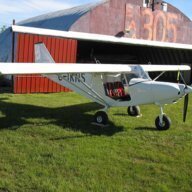
Hi Scott,
We may have met, or corresponded previously, your name is famliar and I was in Australia and New Zealand on visits in 1985 and more recently (New Zealand) in 2017.
As it turns out, I am currently in California escaping the Nova Scotia snow until April or so.
I would love to hear from you regarding your East Coast plans this summer. You might be interested in a flight ot two in my Savannah.
The best way to contact me is via my hotmail address: [email protected] or by phone once you get a little closer. My number is (306) 450-7991. This number is temporarily out-of-service while I avoid roaming charges in the USA. Until I return to Canada my US number will be (925) 822-6796. I still struggle a little with the Recreational Flying software.
Nice to hear from you; be sure to keep me in the loop.
Dan Tonner (CanadaDan)
-
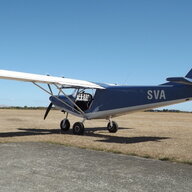
Hi Dan. Pardon the interruption, but I got an odd request a few days back from a [email protected]
I figured it was a scam, wrote to you on your hotmail addr but heard nothing.
Just checking it wasn't you?
Bob in NZ
-









